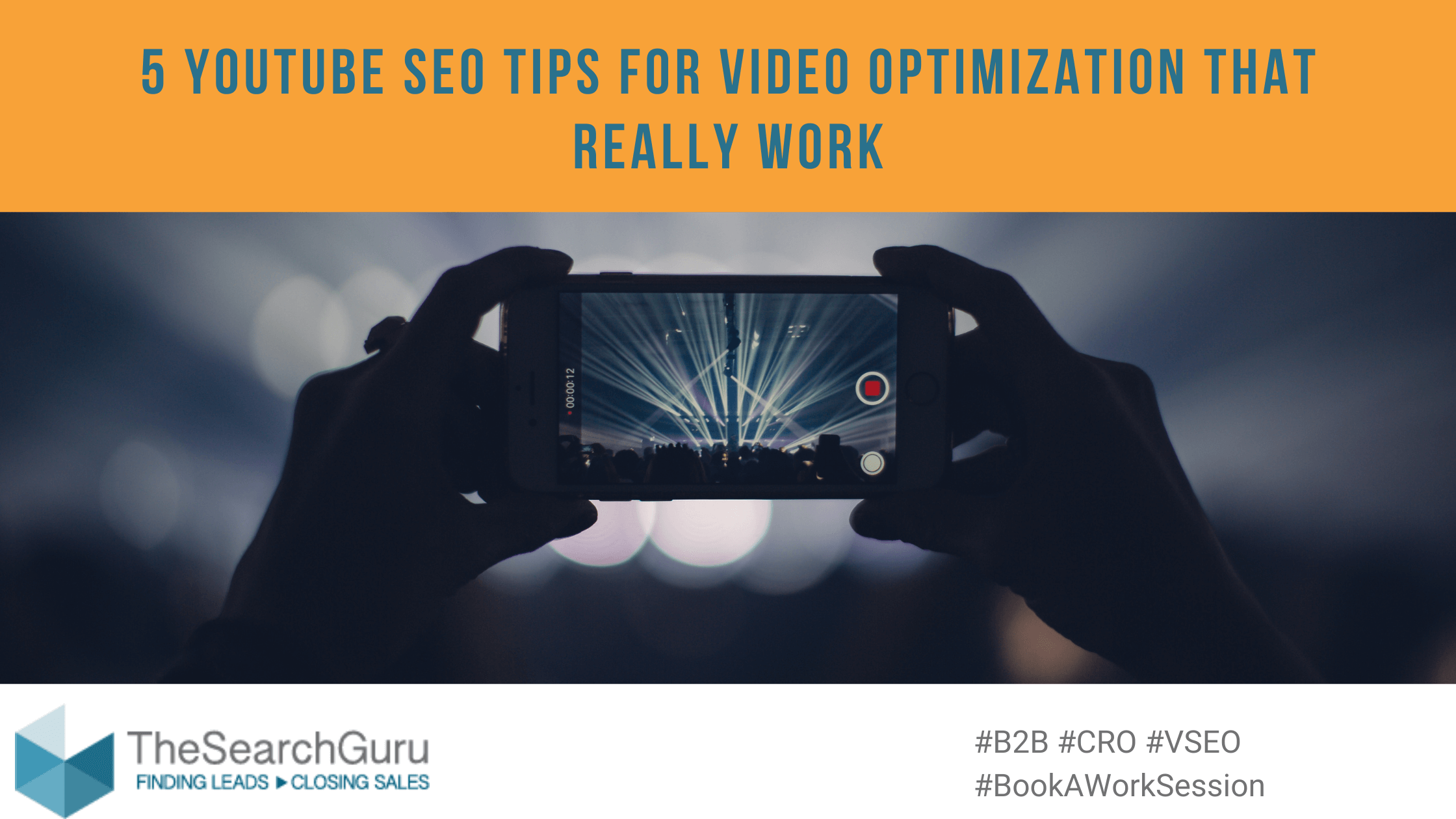Transform case studies with the magic of “because”
Let’s say that I’m writing for a health and fitness blog with this audience: women who want to start working out but need motivation.
I therefore decide to share the following experience: When I was in high school, our gym teacher told us to jog through nearby neighborhoods for 30 minutes. My friend and I, though, had a better idea. We trotted half a block to her house and then drank lemonade on her front porch, timing it so that we returned to the school at the right moment, slightly out of breath. A few years later, though, I realized that exercise was important and I found out that I actually enjoyed jogging.
So, how’s that for a testimonial? Non-exercising women could relate to the lemonade strategy and would be encouraged that all was not hopeless.
Well, you could use it. But, it’s not ideal. In this anecdote:
- Two things happened:
- In high school, I didn’t exercise
- As an adult, I do
- But these two things are not directly related
What if the scenario had been different?
Let’s say that:
- When I got back to school that day, my teacher somehow knew that we’d spent our jogging time sipping cool drinks.
- He told us that missing one day of exercise certainly wouldn’t hurt but added that regular exercise helps to prevent heart attacks, strokes and diabetes.
- I inwardly rolled my eyes and headed home.
- When I got home, I saw an ambulance in my neighbor’s driveway.
- Overweight, he’d just suffered a heart attack – and didn’t survive.
- At that moment, I totally got what my gym teacher was trying to tell me.
- So I committed to a regular workout program.
In other words, I started to exercise regularly because of what had happened that day and I continue to enjoy a healthy lifestyle today.
So, because of those events:
- I changed in a fundamental way.
- I had an epiphany.
- I had a transformational moment.
And that is the core of the most compelling case studies: capturing the precise moment of transformation, the moment when the light bulb finally turns on.
Starting en media res
Fiction writers are often told to start their stories “en media res,” meaning “in the midst of things.” In other words, start the novel or short story:
- with the moment that your main character empties his mailbox and hears a package tick suspiciously
- when a woman slams the door in the face of a sheepish-looking male, shouting, “I told you I wouldn’t tolerate that behavior anymore!”
- when a woman looks at the results of her pregnancy test and bursts into tears
In each of these cases, we don’t need to know someone’s life history to know that something is wrong, just like you didn’t need to hear my life’s story from birth on to know that, pre-lemonade day, I didn’t have the best attitude about exercise. A well-told story can start en media res and readers can catch on quickly without extraneous details.
Using en media res in case studies
If you’re a bank wanting to encourage more savings, you could share the story of the woman who looked stunned at a cash register. Her credit card was denied and she had no other way to buy her son presents for Christmas.
Let this woman share how this disaster caused her to rethink her spending habits and begin to budget her money. You could start your case study at the cash-register moment, without needing to share unnecessary back matter.
But where do I get all of this material?
Through case study research, which is nowhere near as complicated as you might imagine.
You need to talk to your customers. Lots of them. The reality is that not every customer you chat with will have a life experience that translates well into a case study. But, if you talk with enough customers; if you talk with them often enough; and if you truly listen to what they have to say, then the cream will rise to the top.
So:
1) Talk to customers – lots of them – often.
2) Train yourself to become attuned to listen to stories that will translate well into the best case studies.
3) When writing up a case study, share the event that leads to an epiphany that causes a shift in how someone thinks or lives.
4) Capture that moment of transformation.
5) When done well:
- You can start en media res
- You won’t even need to suggest products and/or services in your copy because the point is clearly made through storytelling
And that’s the real beauty of case studies. Presented well, THEY make the case for products and services, which makes for very compelling marketing, indeed.
Have you tried this type of case study research and writing? How did it work for you? Please leave a comment below.








Leave A Comment